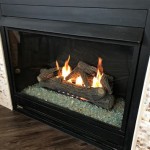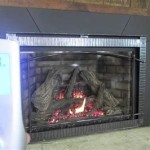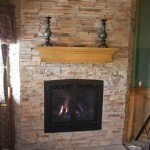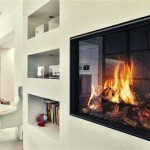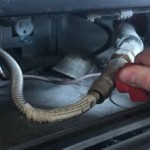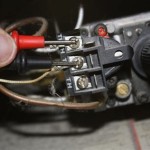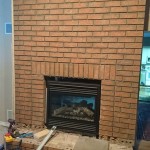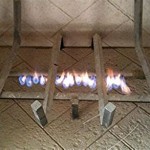Replacing a Gas Fireplace: A Comprehensive Guide
Gas fireplaces offer a warm and inviting ambiance to any living space. However, as with any appliance, they eventually require replacement. Replacing a gas fireplace can be a significant undertaking, involving factors such as budget, aesthetic preferences, and energy efficiency considerations. This article will provide a comprehensive guide to help you navigate the process of replacing your gas fireplace, ensuring a smooth and successful outcome.
1. Planning and Preparation
Before diving into the replacement process, meticulous planning is crucial. Begin by assessing the existing fireplace's condition and identifying the reasons for replacement. Are you seeking improved energy efficiency, a more modern aesthetic, or enhanced safety features? Once you have a clear understanding of your objectives, gather information about different fireplace models and brands. Research their features, specifications, and reviews to make informed decisions about the best fit for your needs.
Next, consider the logistical aspects of the project. Determine the size and weight of the new fireplace to ensure compatibility with the existing fireplace opening and structural support. Assess the available space for venting and consider any necessary modifications to the existing chimney or vent system. Obtaining necessary permits and inspections from local authorities is also essential to ensure compliance with building codes and regulations.
2. Choosing the Right Fireplace
The market offers a vast array of gas fireplace options, catering to diverse preferences and budgets. Consider factors such as fuel type, heat output, efficiency, and design when making your selection.
Fuel Type: Natural gas or propane are the common fuel sources for gas fireplaces. The availability and cost of each fuel type should be factored into your decision. Heat Output: The heat output, typically measured in BTUs (British thermal units), determines the fireplace's heating capacity. Select a fireplace with an appropriate heat output to efficiently warm your desired space. Efficiency: Energy efficiency is a critical consideration, as it impacts your energy bills and environmental footprint. Look for fireplaces with high AFUE (Annual Fuel Utilization Efficiency) ratings.
Design: Gas fireplaces come in various designs, including traditional, contemporary, and minimalist styles. Consider your aesthetic preferences and the overall design of your living space to choose a fireplace that complements your decor. Features: Advanced features such as remote control, variable flame height, and safety sensors enhance convenience and safety. Choose features based on your specific needs and budget.
3. Installation and Maintenance
Once you've chosen a fireplace, it's time to arrange for professional installation. Hiring a qualified and experienced installer is essential to ensure proper installation and safety. They will handle the removal of the old fireplace, installation of the new fireplace, and connection to the gas supply and ventilation system.
Regular maintenance is crucial to maintain the optimal performance and safety of your gas fireplace. Follow the manufacturer's recommendations for routine cleaning and inspections. Consider these tips for maintaining your fireplace:
- Clean the glass door and firebox regularly to remove soot and debris.
- Inspect the logs and embers for signs of wear and tear.
- Check the gas supply lines for leaks.
- Have a qualified technician perform an annual inspection.
Replacing a gas fireplace is a significant investment that can enhance the comfort and aesthetic appeal of your home. By following this comprehensive guide, you can navigate the process smoothly, ensuring a successful outcome and enjoying the benefits of your new fireplace for years to come.

Convert To Gas Installing Fireplace Inserts Doctor Flue
How To Install Gas Fireplace Insert Heat Glo

How To Modernize And Update A Gas Fireplace We Love Fire

Replacing Your Condo Fireplace Vancouver Gas Fireplaces

Fireplace Installations Near Dc Chimney Experts

Replacing A Gas Fireplace With Real Wood Buringing One Hometalk

How Much Does Gas Fire Removal Cost In 2024 Checkatrade

Removing A Gas Fireplace Concord Carpenter
-small.gif?strip=all)
How To Replace Your Old Open Fire With A New Efficient Gas Fireplace

Do You Want To Replace Your Gas Fire With A Woodburner
Related Posts

